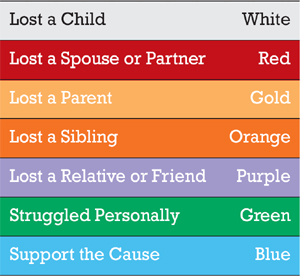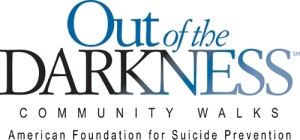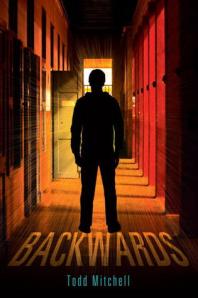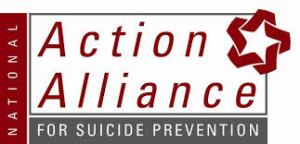“Dear Reader, I did not write this book to sensationalize or shock. I intended Dell’s story to serve as a window into her soul—the soul of a broken human being. I wanted you, precious reader, to feel the pain of the bullied, the neglected, the heartbroken, and the humiliated. I wanted you to experience the absolute power of hateful words—whether said or typed online. Words count.” –Author’s note from K.M. Walton’s Empty
Empty is a very interesting book. Telling the story of teenager Dell, the reader is thrown into the life of an overweight girl who lives in an unsupportive home, doesn’t have many friends, and is bullied at school because of her weight. She can’t play her favorite sport of softball anymore because she is fat, and her only friend is desperately trying to become popular, and Dell is only invited parties so people can make fun of her, including the guy she has a crush on, Brandon. Brandon—a guy who likes to watch Dell moo like a cow and act like a sumo-wrestler. Sounds like a great guy, right?
In this author’s second novel, Walton tries to address some realistic issues that teens today are facing: bullying, body issues, a broken home, addiction, and depression. Later on in the story, we unfortunately learn we can add rape to the list. These topics are major in young adult literature today, and as I read tons of reviews for this story, I could see where other teen girls had problems with the book, and how to deal with the ending. I’ll try not to give away any spoilers, but I am addressing it early on: there is a suicide trigger warning coming later in this review.
When I couldn’t come up with a solid answer what I liked and didn’t like about Empty, I read as many reviews as I could about the novel. Many people were rallying for Dell and were very sympathetic and compassionate towards her. They wanted for her to win at the end, and cried when she didn’t. One review stuck out with me, and I was appalled when I read it. Dell is obviously dealing with depression during the novel, and that’s what my main focus is always on when dealing with literature and seeing how authors handle the subject. After the popular kids in school comment on Dell’s picture on Facebook and call her a whale, she decides that enough is enough, and she wants to die. That review I just mentioned—the person said she was glad Dell decided to end her life, and end her pain.
While Walton stated in the author’s note the goal wasn’t to sensationalize or shock, it absolutely does. Here’s a spoiler and a trigger warning: Dell commits suicide, and the reader is left as Dell falls unconscious from drug overdose. That’s it. We don’t know if she is saved, but unfortunately I’m leaning towards the side that she didn’t. To any suicide survivor, whether an attempt survivor or if you lost someone, this is a huge trigger. I practically threw my book out the window when I first read it. I hated that Dell came to that point, that she did decide to kill herself. The author’s note after the book ends does not help much to those who are survivors or are contemplating suicide themselves after just finishing the novel. Yet, as much as I hated the ending because of the suicide trigger, Walton also does some good things when addressing the topic of suicide. Let’s start the list.
1) When Dell reads the Facebook comments about her photo, she becomes emotionally unstable and can’t cope with her feelings. This leads up to the point where she realizes she wants to die. This thought process can actually happen. I call this the “high stage.” This can be the mere moments before a person could commit suicide or decide that they are going to die. For some, it can be instant on what their actions are. For others, they can create a plan on how they’re going to do it. Someone I know who is an attempt survivor called this the “calm before the storm.” The person is calm and enthusiastic almost, since they have made their plan and know what they’re going to do. Walton presents this idea through Dell, and is one thing I appreciate how the topic is handled, since this is something that can happen in real life. All it can take is one trigger, and it can push a person over the edge, even something as simple as reading Facebook comments.
2) While reading about Dell’s thought process when writing a note, she thinks of her sister and other things that she’ll miss, and what she wants her death to mean. To me, it’s free of the “I’ll show them” stereotype that can be found in literature about depression and suicide. This is something to avoid, giving suicide the view of a glorifying death and trying to get back at the characters that affected the person. Dell doesn’t carry this idea with her, and for Walton, I give her credit.
3) In the end, we see Dell’s final thoughts. To anyone contemplating suicide, this may be a trigger or an idea for them on what to do. The author’s note goes give some comfort, and does reinforce the idea that suicide isn’t the answer. In hearing Dell’s story, Walton is trying to give hope to others to reach out and ask for help if they are struggling. Be aware of those around you, and ask them if they need help if you think they need it. Speak up for yourself, even if you are afraid. It can be terrifying, but it’s for your life. Speak out. For everyone else, listen and support them.
Empty is just one novel of many young adult literature novels that have come across my path. While the ending is a trigger and a shock for almost anyone who reads it, it is just one example of how people are trying to address the topic of suicide, and approach it in a new light that can give hope to others. With the trigger warnings stated, I think that more people need to read this book. Walton’s other novel Cracked is one I also recommend, as it also deals with teen suicide, but read with a warning: it might trigger you as well.


 -From the 2013 National Suicide Prevention Week Information and Media Kit
-From the 2013 National Suicide Prevention Week Information and Media Kit


